The tale of the finest Winter Gardens in Britain, and what lies ahead for these majestic glass palaces
Winter Gardens have had a difficult late 20th century. What lies ahead for these extraordinary architectural creations, asks Marcus Binney, and might they be about to enjoy a revival?
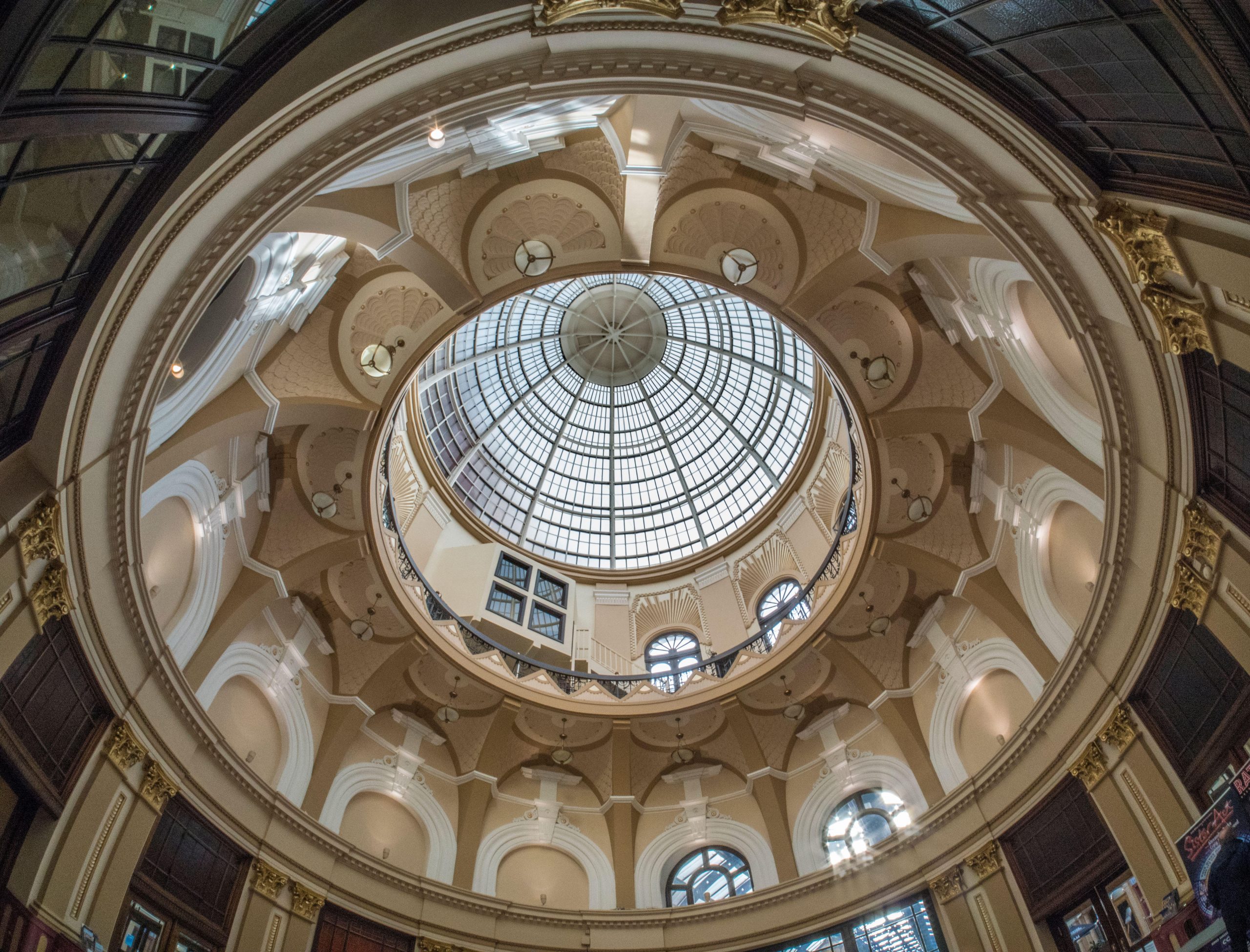

Winter Gardens live dangerously. Inspired by the splendour and popularity of Joseph Paxton’s Crystal Palace, completed for the Great Exhibition of 1851, architects aspired to create People’s Palaces and, from the first, they have been uncertain investments. The earliest were built by entrepreneurial Victorians, who saw soaring iron and glass roofs as the architecture of a new age, appropriate for conservatories, exhibition halls, covered markets and railway termini.
Winter Gardens were usually erected in seaside resorts and spas with the intention of extending the summer season into spring and autumn and even winter itself. In addition, they might provide indoor attractions on cloudy and rainy summer days. They began simply as glasshouses, luxuriant with plants and foliage, but quickly acquired further spaces for promenading, eating, drinking and entertainment.
To add to their appeal, their architecture was deliberately spectacular. Take the Winter Gardens at Cheltenham in Gloucestershire, designed by local architect J. T. Darby in 1876–78, with a balloon roof to rival that of the Petit Palais in Paris. It was conceived with a skating rink, for a sport then briefly enjoying great popularity. In 1895, the town corporation invested a further £10,000 in the building, but it was demolished in 1942.
Where these buildings have survived, the race is now on not merely to return them to their former glory, but to allow them to earn their keep. The most famous recent campaign of this kind perhaps concerns the Blackpool Winter Gardens. They opened in 1878 and grew by stages to include the Empress Ballroom of 1896, the Olympia exhibition hall of 1930 and the Opera House of 1939.
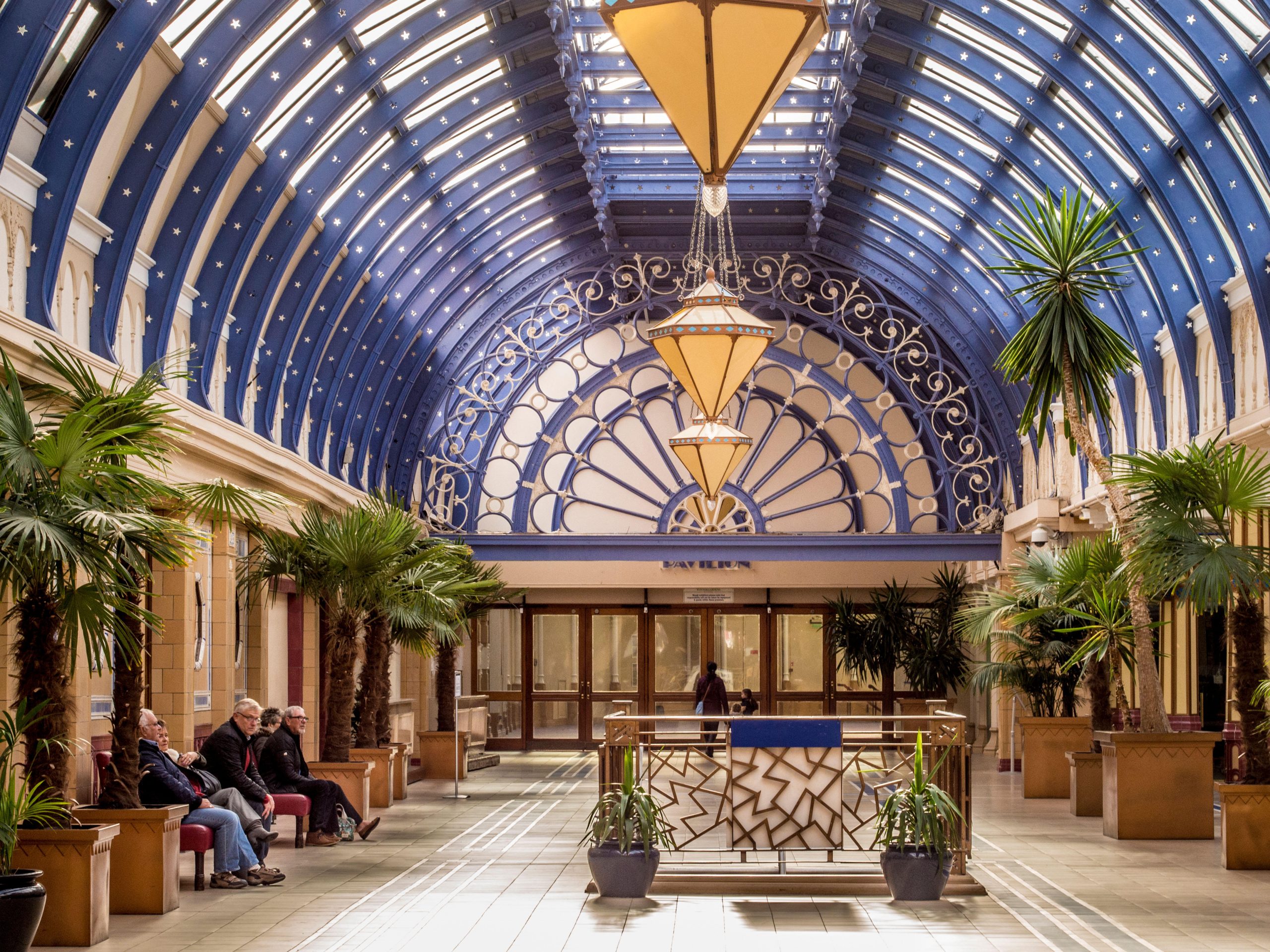
All these have been saved by Blackpool Council, which purchased the complex in 2010. Restoration of the ornate ceiling of the Empress Ballroom after a plaster fall was followed by a spectacular £1.9 million rescue of the Spanish Hall with an Art Deco interior by Andrew Mezzei in the manner of a 1930s atmospheric cinema. The original glass-roofed Winter Garden, which began in 1878 as a glazed concert hall, was designed by a local architect, Thomas Mitchell of Oldham.
The fortunes of nearby Morecambe Winter Gardens, which also opened in 1878, have been more chequered. In its golden days, Morecambe aspired to be more stylish than Blackpool, as Oliver Hill’s chic 1933 Midland Hotel underlines. The seawater baths, bars and ballrooms added here in 1896 were demolished in 1982, but one spectacular building from this expansion survives: the theatre built in 1897 by Mangnall and Littlewood, designers of many festive structures that enlivened northern cities.
The interior of the theatre, which had capacity for 2,500 people, had plasterwork as rich and frothy as a Continental opera house. In the early 1900s, it hosted the leading music festival in the country, which was supported by Elgar. He wrote five original pieces for the festival and judged large-scale choral competitions here. When I first saw it in 1986, however, water lay in pools on the floor and dripped through the ceiling.
Sign up for the Country Life Newsletter
Exquisite houses, the beauty of Nature, and how to get the most from your life, straight to your inbox.
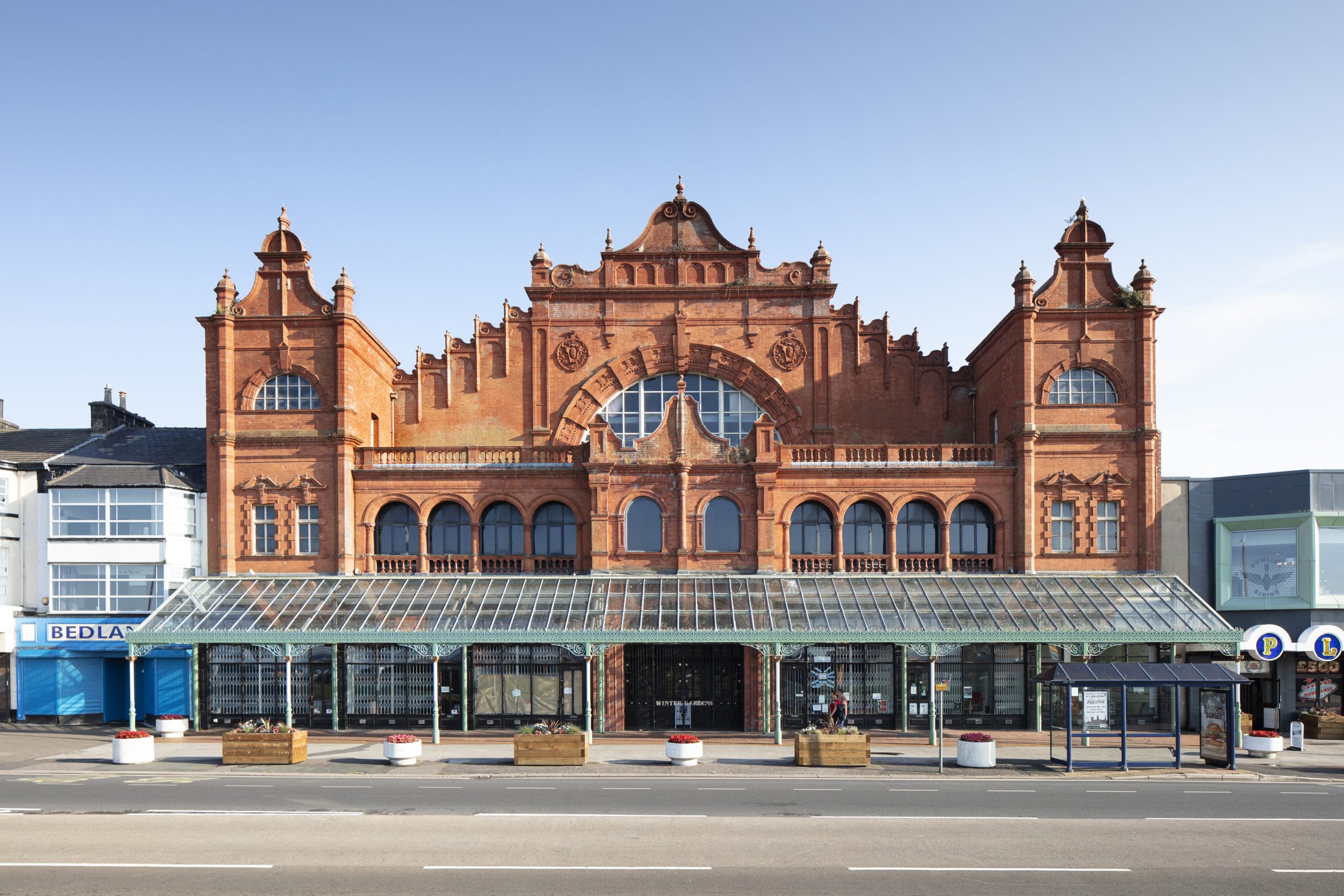
Enterprising city architect of Lancaster Charles Wilson and local MP Sir Mark Lennox Boyd determined to attempt a rescue. Demolition was averted, but progress was slow for lack of funds and looked even worse when a Heritage Lottery Fund bid was rebuffed.
Now, a newly constituted trust with Vanessa Toulmin, a professor of Entertainment History, as its chair offers hope. ‘Our future,’ she says, ‘lies in a wide range of live performances. The stage will be restored with seating for 1,500. Already, more than 15,000 people a year are taking tours of the theatre.’
As yet, £153,000 has been raised for the work, including £123,000 from Historic England and £30,000 from the Trust. The long-term aim, however, is to raise £10 million in stages, to establish the theatre as a creative centre for music in North West England.
In the course of its restoration work, the trust is making discoveries all the time. ‘We took off paint’, Prof Toulmin explains, ‘and found the original mirrors of 1897.’ Still to be decided is whether the interior should be restored to seamless glory or whether there should be some exposed archaeology or arrested decay, a course that was followed at the recently reopened theatre at Alexandra Palace, London N22.

Another spectacular Winter Garden that similarly awaits revival was built at Torquay, with stepped tiers of beautifully fenestrated walls, to the design of John Watson and William Harvey in 1878–81, at a cost of £12,783. The ironwork was by Jesse Tildesley of the Crescent Ironworks, Willenhall, Staffordshire. It could seat 1,000 for concerts. Alas, it was not considered a commercial success in booming Torquay, but salvation came in an unusual way.
In 1903, the surveyor of Great Yarmouth, J. W. Cockrill, conceived the idea of moving the Torquay structure to Norfolk ‘to lengthen the season with better-class visitors, and on wet days to provide for 2,000 persons under cover’. Transported by barge, the building arrived in sections and, reputedly, not a pane of glass was broken.
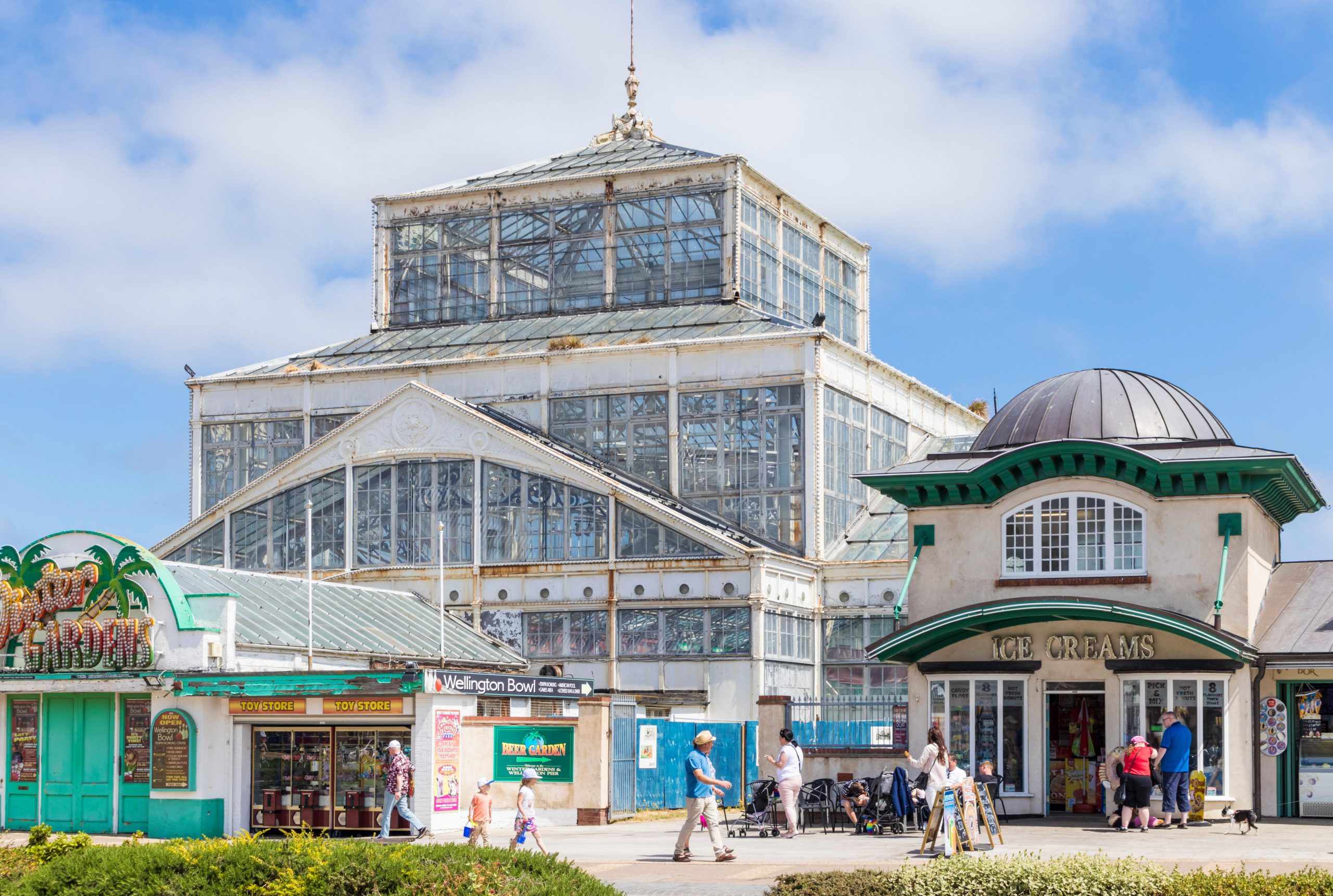
Despite decades of popularity, the Great Yarmouth Winter Garden finally closed in 2008. It is now in desperate need of repair as the cast-iron frames rust, the wooden fixings of the glass rot and the panes fall out. Internal gutters dispersing rainwater present increasing problems. As Darren Barker of the Great Yarmouth Preservation Trust explains: ‘The biggest challenge is the central lantern, which has been held up by a form of giant Zimmer frame — an eyesore in itself.’
The idea is to design a more elegant support that will also provide access to a new mezzanine gallery with views out to sea and over the plants at canopy level. Hope now rests with a bid to the National Lottery Heritage Fund. Yarmouth is the more deserving due to the enterprising and determined way it has rescued other landmarks, such as the Venetian Canals at the other end of the seafront. This was an employment scheme set up after the First World War, when the town’s fishing industry was in decline.
An insight into what such a restoration project might achieve is provided by the example of Weston-super-Mare in Somerset. The Winter Gardens here are a spectacular example of 1930s Classicism, with a dome and flanking colonnades all stylishly long, low and streamlined in the Art Deco manner. Here, there is no glasshouse, but a balconied ballroom beneath the giant oval dome. In recent decades, it was run by the council and used for weddings and events, but revenues did not keep up with costs.
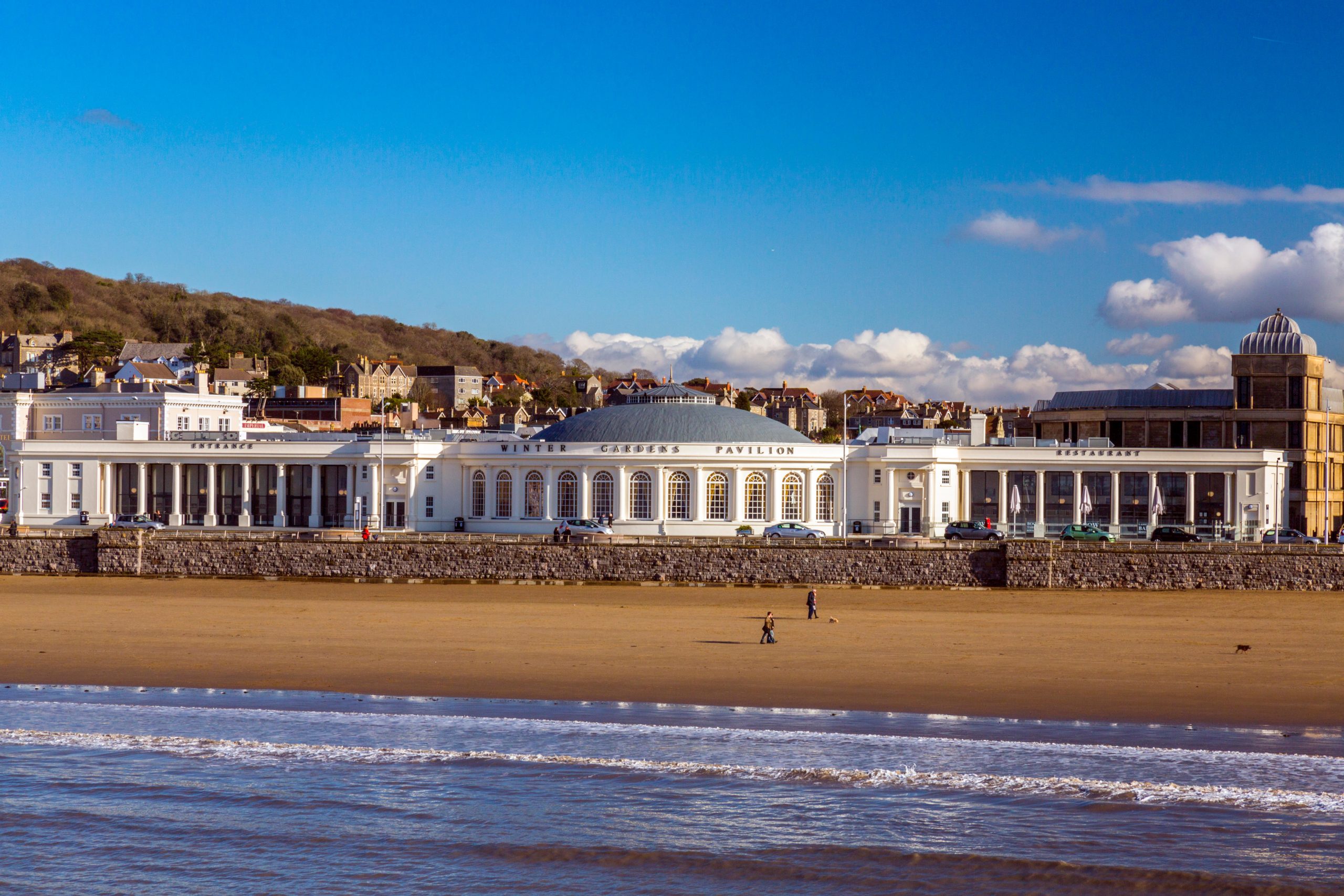
When demolition threatened, more than 7,000 people signed a petition to save it. Although listing was rejected by English Heritage, the locally based Weston College was seeking to expand its courses from training to higher education and, with access to educational funds, it was able to secure a £15 million investment for restoration and new teaching facilities.
It’s not only as revived buildings, however, that Winter Gardens are making their mark. In recent years, Sheffield has perhaps excelled above all other cities in Britain in the creation of a handsome and popular public realm. Here, a completely new Winter Garden has been conceived, with a Millennium Gallery, as part of a covered pedestrian route from the station to the city centre.
Bob Kerslake, who became chief executive of the council in 1997, says: ‘Sheffield had been hit by the rapid decline of the steel mills and the World Student Games, although successful, involved heavy outlay on facilities. There was no mood for public expenditure.’ However, it was also the golden moment, when the Millennium Commission was looking for trophy projects on which it was willing to spend up to £50 million each.
Mr Kerslake continues: ‘The planning department had devised a plan, The Heart of the City, centred on improving public realm... I said “I will put my name on this so it’s my head that rolls if we fail”.’ The competition for the building was won in 1995 by Pringle, Richards, Sharrat, with a design that incorporates a series of parabolic arches with a distinctive silhouette affectionately likened to a toast rack. As the architect John Pringle commented: ‘In a city famous for its steel, the arches are of wood-laminated timber sections fabricated in Bavaria.’
Andy Topley, who evolved the master-plan with architects Allies & Morrison, explains: ‘We conceived the idea of a covered garden for all seasons, which would provide shelter on wet and windy days. The Pringle solution was attractive because it was so cheap — only £5.5 million.’
Mr Kerslake was determined it should be well kept in the long term, with both full-time security and a gardener always on site. ‘We’ve never had an incident of vandalism in 10 years,’ remarks Mr Topley.
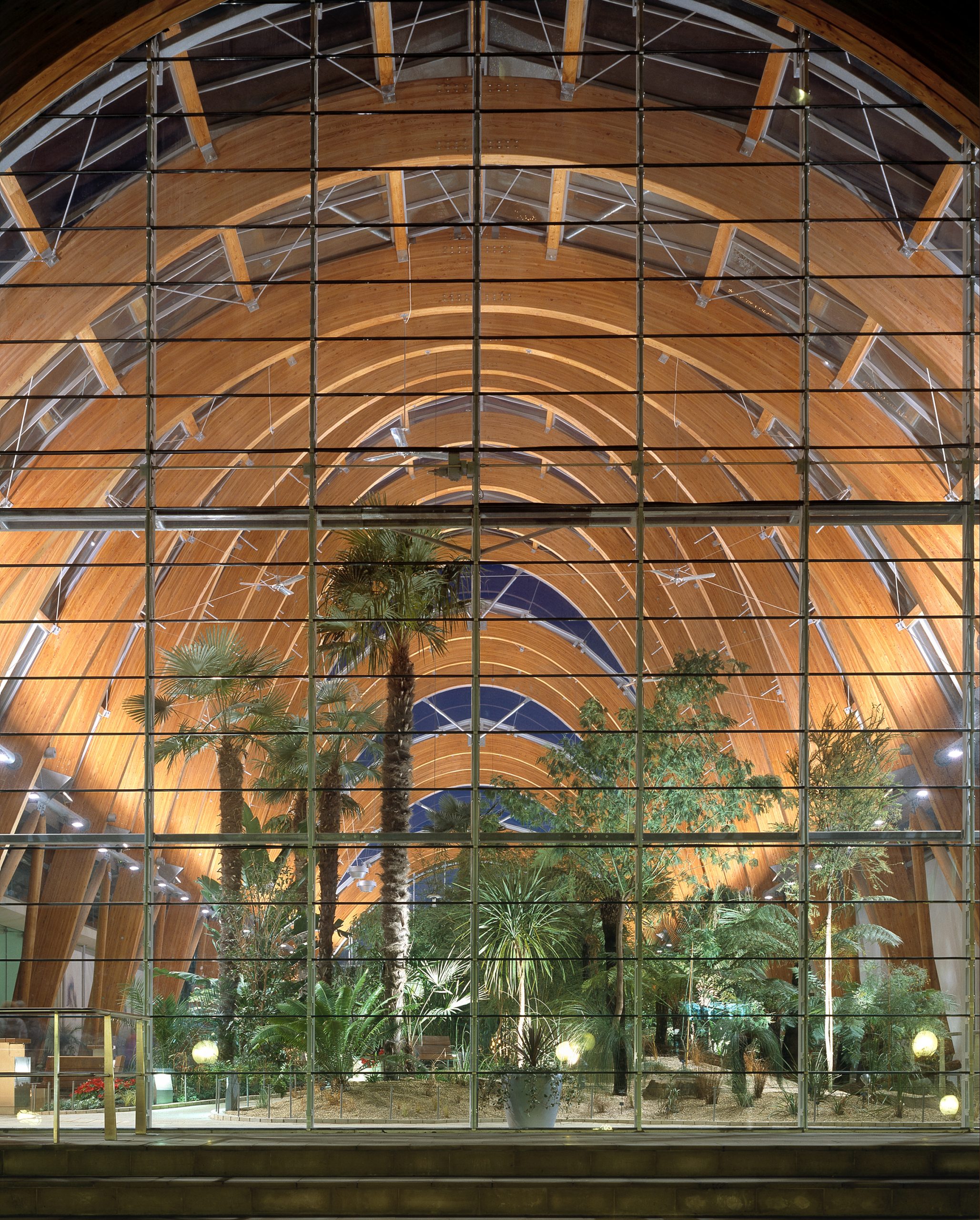
Although the building evokes a tropical palm house, the plants inside are all from the world’s temperate zones, so the interior does not need expensive heating. The 72ft-high ceiling allows taller species, such as Norfolk Island pine and eucalyptus, to reach an impressive height and to create a leafy canopy at a high level. Mr Topley notes: ‘Public spaces work when they have activity at the edge to animate them.’ Two hotel restaurants are open at the Sheffield Winter Garden, which has its own cafe, as well as park benches to sit on.
What’s exciting is that there are more Winter Garden proposals on their way. Another resort seeking to revive its fortunes through the creation of one is Bognor Regis, although the £50 million scheme is on hold following a change in the make up of the local council. The design incorporates an eye-catching wave roof, developed by the regeneration group Urban Delivery.
A still more ambitious scheme for an Eden of the North is now emerging, fired by the success of Sir Nicholas Grimshaw’s golf-ball hothouses in St Austell. The site being considered is the seafront at Morecambe, just in front of the Winter Gardens.
Despite these new initiatives, the list of historic Winter Gardens under threat remains depressing. After Torquay lost its glasshouse, it built a handsome replacement in the form of a seafront theatre; the Pavilion was completed in 1911 by the borough surveyor Henry Augustus Garrett. It is designed in an attractive Art Nouveau style, clad with patent Doulton white Carrara Ware and ornate ironwork. The octagonal corner towers have copper domes. The town’s recently retired mayor Gordon Oliver secured its listing when it was threatened with demolition in 1973 and, although it stands empty, it is still maintained.
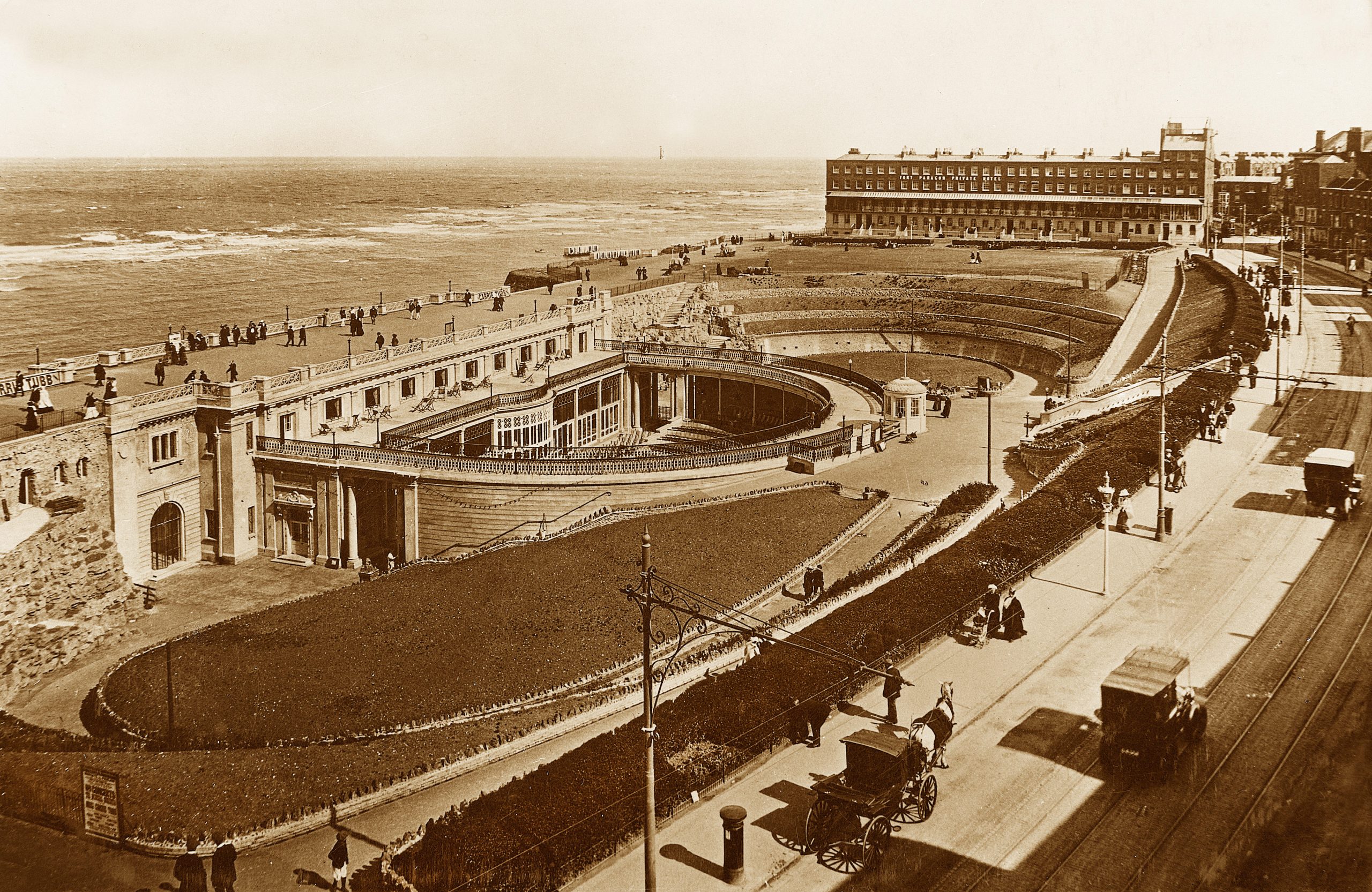
Urgent repairs, however, are needed in Glasgow, where the domed glass roof of the Winter Garden is attached to the recently restored People’s Palace. Both were designed by city engineer A. B. MacDonald and opened in 1898. The Winter Garden needs at least £5 million spent on it, so, until work begins, it will be shut indefinitely.
More hopeful is the future of the Winter Gardens at Eastbourne in East Sussex, which comprise a Floral Hall, Gold Room and Devonshire Hall, designed by Henry Currey for the 7th Duke of Devonshire in 1875. They are now used for events, music and shows and restoration work is underway with financial help from Historic England. An impressive £54 million investment programme includes a new conference centre.
Winter Gardens need no longer be a dying breed. EU money may have been lost, but the NLHF and Coastal Communities Fund, as well as the Prime Minister’s investment programme in the North, provide new sources of funds. In reviving them, seaside towns are rediscovering their own history and learning how entertainment, supported by the booming events and conference trade, can bring both locals and visitors back to the British seafront.
Country Life is unlike any other magazine: the only glossy weekly on the newsstand and the only magazine that has been guest-edited by HRH The King not once, but twice. It is a celebration of modern rural life and all its diverse joys and pleasures — that was first published in Queen Victoria's Diamond Jubilee year. Our eclectic mixture of witty and informative content — from the most up-to-date property news and commentary and a coveted glimpse inside some of the UK's best houses and gardens, to gardening, the arts and interior design, written by experts in their field — still cannot be found in print or online, anywhere else.
-
 Designer's Room: A solid oak French kitchen that's been cleverly engineered to last
Designer's Room: A solid oak French kitchen that's been cleverly engineered to lastKitchen and joinery specialist Artichoke had several clever tricks to deal with the fact that natural wood expands and contracts.
By Amelia Thorpe
-
 Chocolate eggs, bunnies and the Resurrection: Country Life Quiz of the Day, April 18, 2025
Chocolate eggs, bunnies and the Resurrection: Country Life Quiz of the Day, April 18, 2025Friday's quiz is an Easter special.
By James Fisher